The Lumix DMC-TZ80 brings 4K video and touchscreen control of Panasonic's popular TZ travel-zoom range, along with a new sensor and a faster image processor. Audley Jarvis takes a look
Panasonic Lumix DMC-TZ80 review
Panasonic Lumix DMC-TZ80 review – Test results
Resolution
The TZ80 has a clear advantage over the older Lumix TZ70 in terms of resolution. At ISO 100 the TZ80’s JPEGs resolve 2,800l/ph, which improves considerably over the TZ70’s previous 2,200l/ph readout. Shooting in raw sees finer detail resolved in the TZ80’s images, but JPEG detail holds up well at ISO 800. Push past this point and detail gradually starts to deteriorate.
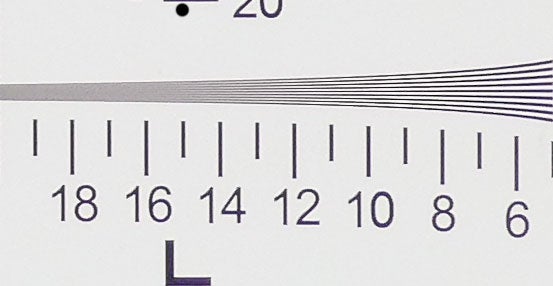
JPEG ISO 80

JPEG ISO 200
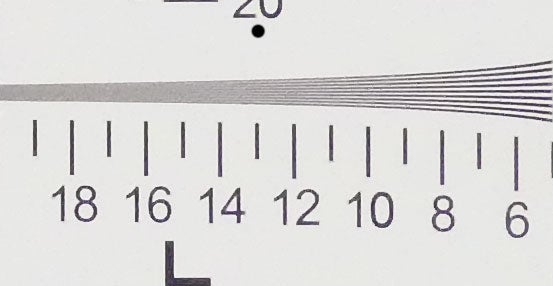
JPEG ISO 800
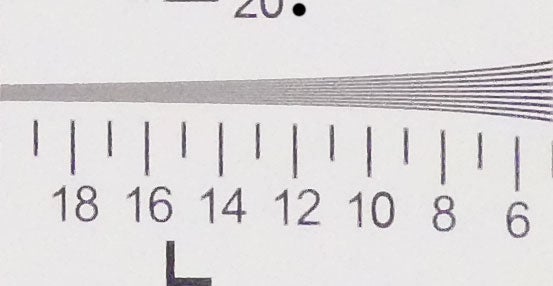
JPEG ISO 1,600
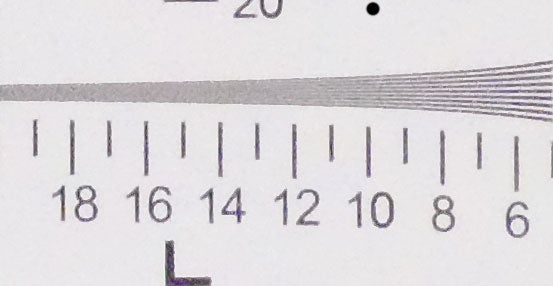
JPEG ISO 3,200
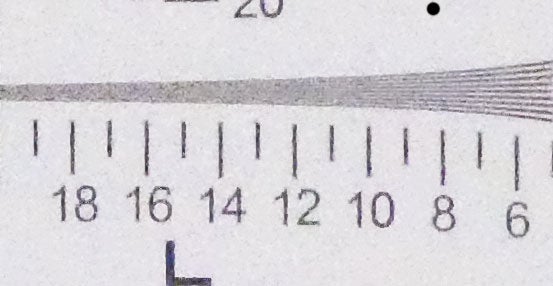
JPEG ISO 6,400
Dynamic range
The TZ80’s dynamic range performs typically for a camera with a 1/2.3in sensor. At ISO 80, our Applied Imaging tests tell us it produces a 12.1EV maximum, which begins to drop as the sensitivity is increased. At ISO 800 the dynamic range drops to 8.3EV and by the time you reach ISO 6,400 it’s down at 5.5EV, which is a slightly lower figure than recorded by the TZ70.

Noise
Users of the Lumix TZ80 will want to set the camera to shoot in raw for the best noise response. Under close inspection, luminance noise starts to make its presence known early at ISO 400 and becomes much more obvious when you push to ISO 800 and ISO 1,600. Fine detail is compromised severely at ISO 3,200 by noise. Users can produce usable images at ISO 1,600 but are advised to stay clear of higher settings.
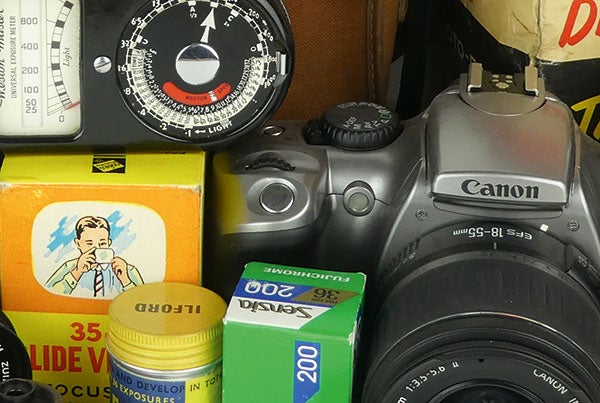
JPEG ISO 80
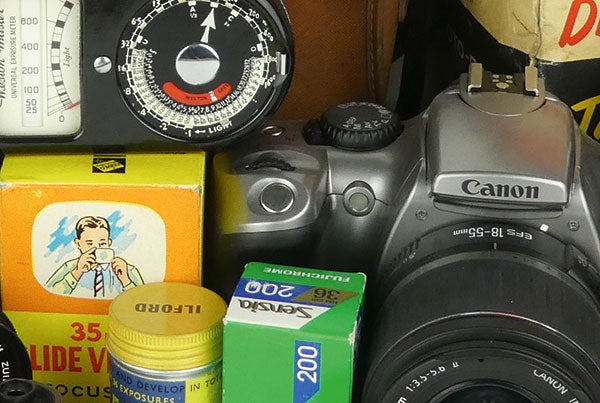
JPEG ISO 200
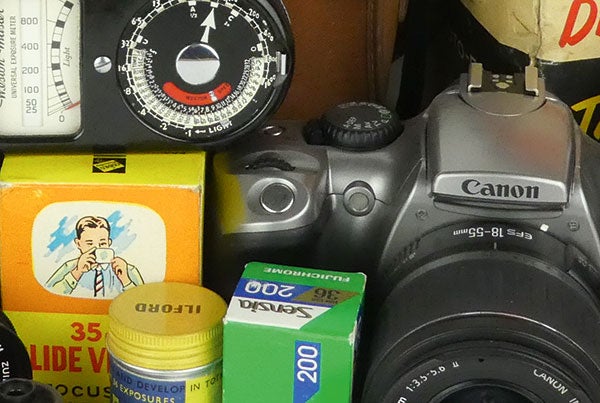
JPEG ISO 400
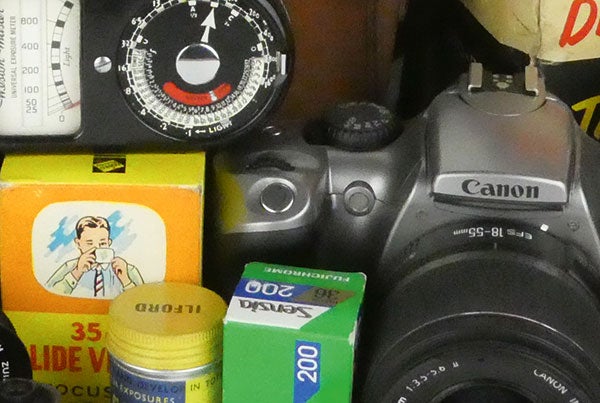
JPEG ISO 1,600
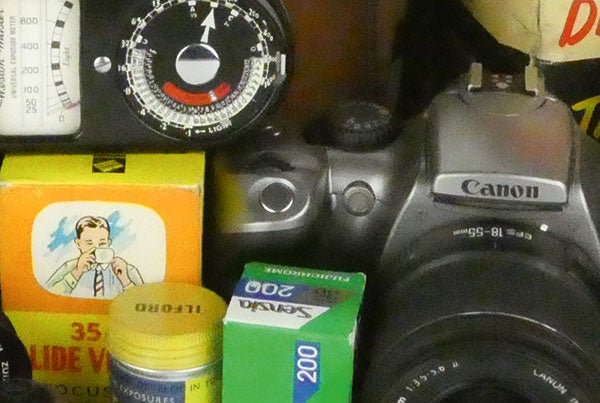
JPEG ISO 3,200
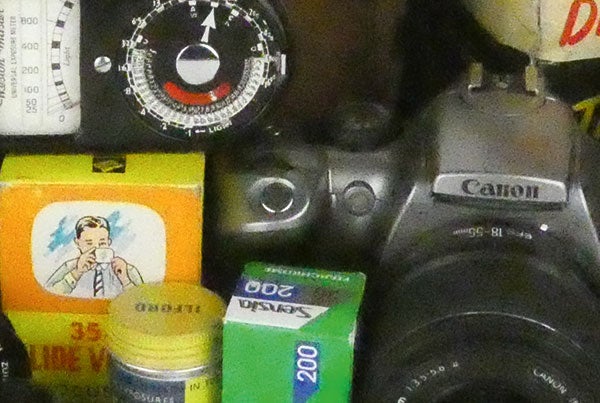
JPEG ISO 6,400




